Table of Contents
The UNESCO Sites in Australia have recognized 20 cultural and natural landmarks as UNESCO World Heritage Sites in Australia and 4 locations on the Australia UNESCO tentative list. These touristic sites in Australia are acknowledged for their unique and valuable cultural, natural, artistic, and historical significance and are preserved for future generations to enjoy.
In addition to these 20 sites on the Australia UNESCO list, many other places to travel to Australia are being considered for UNESCO recognition. These sites, listed on the tentative list, showcase the country’s rich cultural heritage and are waiting for approval to join the prestigious and famous World Heritage Sites list.
To help visitors discover these remarkable Australian tourist attractions, we have assembled an interactive map of the UNESCO sites in Australia.
Australia UNESCO Map
Click markers to show information and photo.
World Heritage Sites in Australia
UNESCO World Heritage Sites in Australia
There are 20 UNESCO World Heritage Sites in Australia. All of these three sites are listed under the Cultural category.
- Australian Convict Sites
- Budj Bim Cultural Landscape
- Royal Exhibition Building and Carlton Gardens
- Sydney Opera House
- Australian Fossil Mammal Sites (Riversleigh / Naracoorte)
- Gondwana Rainforests of Australia
- Great Barrier Reef
- Greater Blue Mountains Area
- Heard and McDonald Islands
- K’gari (Fraser Island)
- Lord Howe Island Group
- Macquarie Island
- Ningaloo Coast
- Purnululu National Park
- Shark Bay, Western Australia
- Wet Tropics of Queensland
- Kakadu National Park
- Tasmanian Wilderness
- Uluru-Kata Tjuta National Park
- Willandra Lakes Region
UNESCO World Heritage Sites in Australia are protected locations for their cultural and natural importance.
Australian Convict Sites
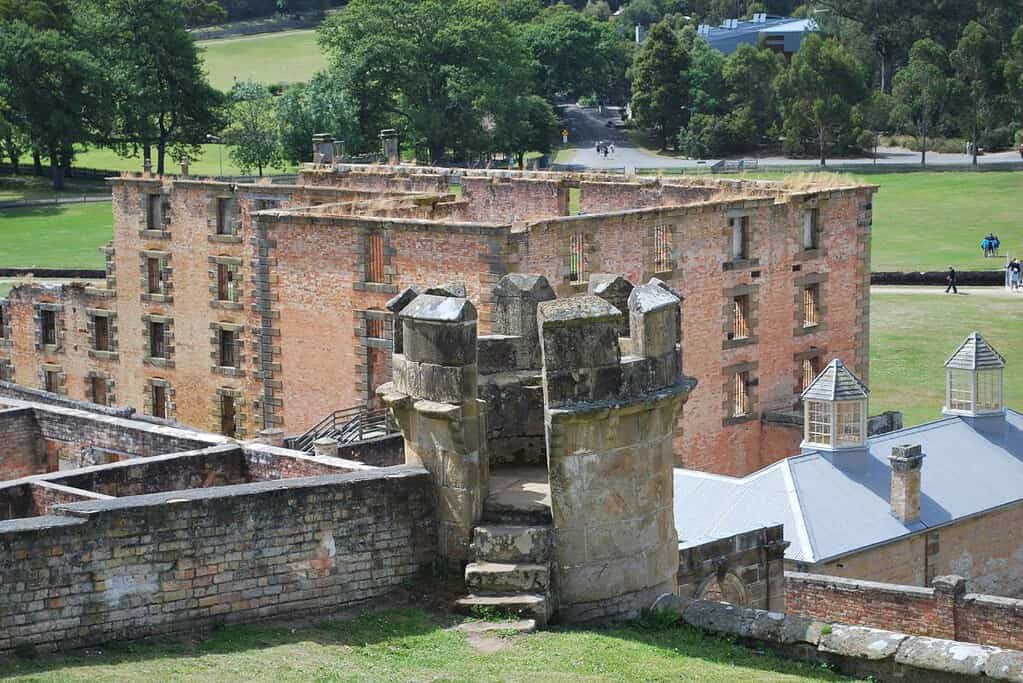
The Australian Convict Sites is a UNESCO World Heritage Site that comprises 11 penal sites located across Australia. The British Empire established these sites in the 18th and 19th centuries to house convicts transported from Britain and Ireland. The sites include buildings and structures significant in the history of convict transportation, such as the ruins of the Port Arthur penal settlement in Tasmania and the Hyde Park Barracks in Sydney. The Australian Convict Sites are a testament to the harsh living conditions and brutal treatment of convicts during Australian history.
Budj Bim Cultural Landscape
The Budj Bim Cultural Landscape is a unique and ancient aquaculture system created and managed by the Gunditjmara Indigenous people for over 6,600 years. The site consists of interconnected channels, weirs, and ponds used to harvest eels, providing a reliable food source for the Gunditjmara. The site also features remnants of stone dwellings and other cultural features that provide insights into the lifestyle and customs of the Gunditjmara. The Budj Bim Cultural Landscape is an outstanding example of Indigenous peoples’ ingenuity and sustainable land management practices. It is of great significance to the Gunditjmara community and all Australians.
Royal Exhibition Building and Carlton Gardens

The Royal Exhibition Building and Carlton Gardens is a UNESCO World Heritage Site in Melbourne, Australia. The site consists of the 19th-century Royal Exhibition Building, initially built for the 1880 Melbourne International Exhibition, and the surrounding Carlton Gardens. The building is considered one of the finest examples of 19th-century exhibition hall design and is one of the last surviving structures of its kind. The gardens feature ornamental lakes, fountains, and an array of mature trees, making it a popular spot for locals and tourists. The Royal Exhibition Building and Carlton Gardens represent an important period in Australian history and are a testament to the country’s cultural and architectural heritage.
Sydney Opera House
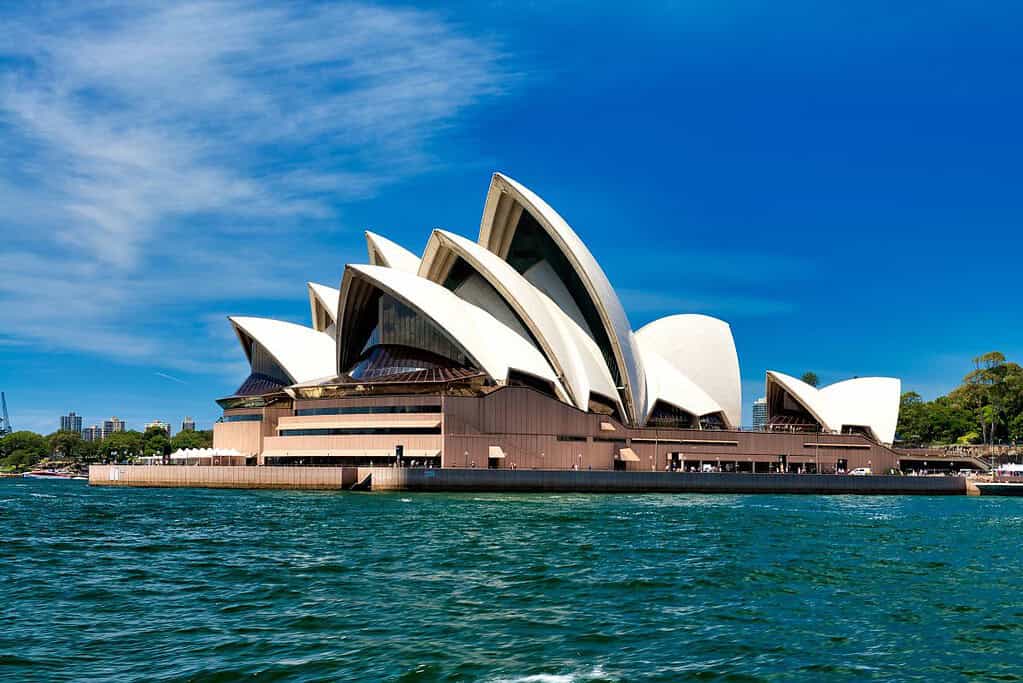
The Sydney Opera House is an iconic UNESCO World Heritage Site in Sydney, Australia. Designed by Danish architect Jørn Utzon, the Opera House’s distinctive sail-shaped roof has become a symbol of modern architecture and a must-see destination for visitors to Australia. The Opera House hosts a variety of performances and events, ranging from opera and ballet to contemporary music and theater. The building’s location on Sydney Harbour provides stunning views of the surrounding water and cityscape, making it a popular spot for tourists and locals.
Australian Fossil Mammal Sites
The Australian Fossil Mammal Sites is a UNESCO World Heritage Site located in Australia, comprising of Riversleigh and Naracoorte. These fossil sites offer remarkable insights into the evolution of Australia’s unique fauna over the past 25 million years. Riversleigh is home to an exceptional fossil record of ancient mammals, including extinct species such as the Tasmanian tiger and the giant Diprotodon. Conversely, Naracoorte is renowned for its extensive fossil deposits of Pleistocene megafauna, including the Diprotodon, giant kangaroos, and marsupial lions. The sites are a testament to Australia’s prehistoric fauna’s exceptional diversity and richness. Their protection ensures that future generations can continue to study and learn from these valuable scientific resources.
Gondwana Rainforests of Australia

The Gondwana Rainforests of Australia is a UNESCO World Heritage Site in northeastern New South Wales and southeastern Queensland, Australia. It comprises several national parks and conservation reserves, including the Border Ranges, Lamington, and Springbrook National Parks. These rainforests are considered some of the most extensive and significant examples of subtropical rainforests, with many endemic plant and animal species. The site has outstanding universal value as a living record of the geological history of the Australian continent, as well as its ongoing biological evolution. The Gondwana Rainforests of Australia are a must-visit destination for nature lovers and adventurers.
Great Barrier Reef
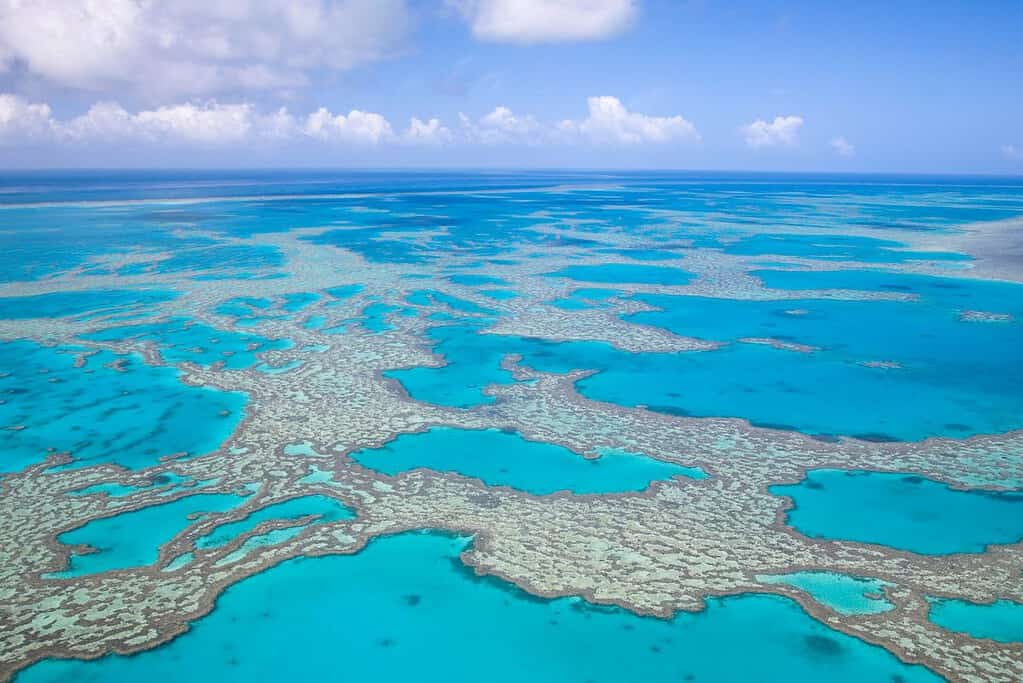
The Great Barrier Reef is a UNESCO World Heritage Site located off the coast of Queensland, Australia. It is the world’s most extensive coral reef system, stretching over 2,300 kilometers and comprising over 2,900 individual reefs and 900 islands. The reef is home to an incredibly diverse range of marine life, including over 1,500 species of fish, 600 types of coral, and countless other species. The Great Barrier Reef is also of great cultural significance to the Indigenous Australian communities who have lived in the region for thousands of years. However, the reef faces numerous threats, including climate change, pollution, and overfishing, which have caused significant damage to the ecosystem in recent years.
Greater Blue Mountains Area

The Greater Blue Mountains Area is a UNESCO World Heritage Site in New South Wales, Australia. It is a vast region of exceptional natural beauty encompassing seven national parks and a conservation reserve, covering over 1 million hectares. The site features a stunning array of landscapes, from eucalypt forests and sandstone cliffs to canyons and waterfalls. It is home to a remarkable diversity of flora and fauna, including several rare and threatened species. The area also has great cultural significance to the Aboriginal people, who have lived in the region for thousands of years and have a deep spiritual connection to the land. Overall, the Greater Blue Mountains Area is an outstanding example of the world’s natural heritage and is a must-visit destination for nature lovers and outdoor enthusiasts.
Heard and McDonald Islands
Heard and McDonald Islands are a UNESCO World Heritage Site in the southern Indian Ocean. The islands are a unique and remote natural site with no permanent human population and limited human activity. The site is known for its exceptional natural beauty and biodiversity, with many rare and endemic species of flora and fauna. The islands are also home to important breeding colonies of seabirds and marine mammals, including elephant seals and Antarctic fur seals. Due to its isolation and harsh weather conditions, the site remains largely untouched and unexplored, making it a genuinely pristine and wild natural wonder.
K’gari (Fraser Island)
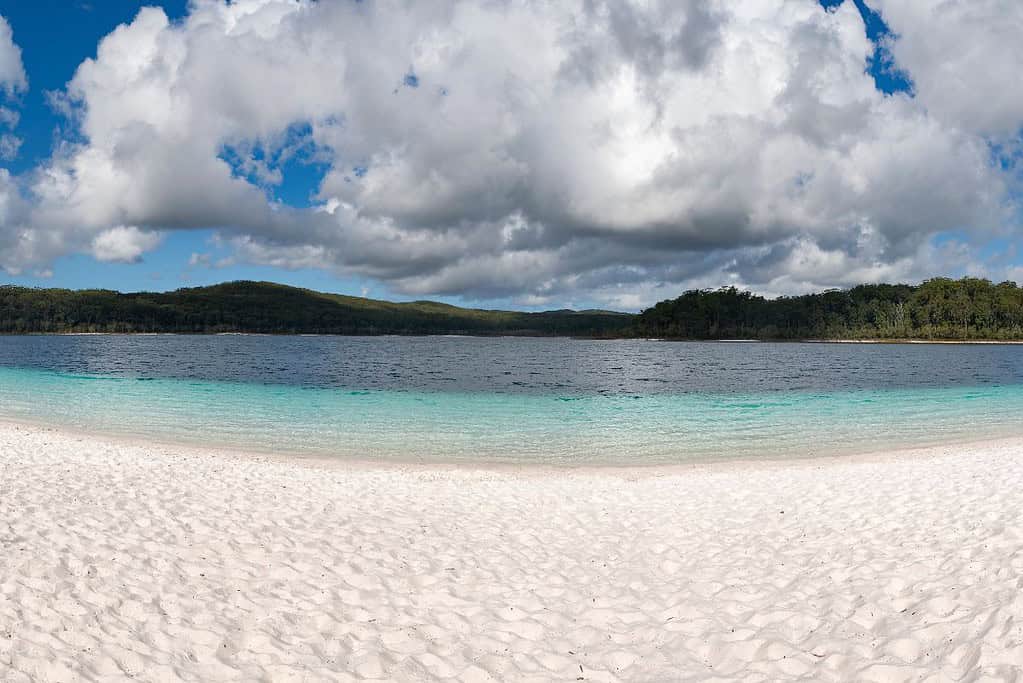
K’gari, also known as Fraser Island, is a UNESCO World Heritage Site off Australia’s eastern coast. It is the largest sand island in the world and is home to various unique and endemic plant and animal species, including the dingo, a wild dog found only on the island. The island is also rich in cultural significance for the Butchulla people, who have lived there for thousands of years and consider it a sacred place. The site includes several significant cultural and natural landmarks, such as dunes, freshwater lakes, and the Maheno shipwreck. It is a popular destination for tourists who experience its natural beauty and learn about its rich history and culture.
Lord Howe Island Group

The Lord Howe Island Group is a UNESCO World Heritage Site located in the Tasman Sea, off the eastern coast of Australia. This site consists of two main islands, Lord Howe and Ball’s Pyramid, and several smaller islets. The islands are home to a unique ecosystem, with a high level of endemism among the flora and fauna, including the rare Lord Howe Island woodhen and the endemic palm tree Howea forsteriana. The marine environment surrounding the islands is also exceptional, with many coral species and various fish and other marine life. The Lord Howe Island Group is a remarkable example of a pristine and isolated ecosystem, and its inclusion on the UNESCO World Heritage List recognizes its outstanding universal value.
Macquarie Island

Macquarie Island is a UNESCO World Heritage Site located in the Southern Ocean, approximately halfway between Australia and Antarctica. The island is renowned for its unique geology and remarkable flora and fauna, including endemic species such as the Royal Penguin and the Macquarie Island Shag. The UNESCO site includes several important sites, including the Main Base, the Wireless Hill site, and the Northwest Bay site, providing a fascinating glimpse into the island’s history and cultural heritage. Macquarie Island is a place of outstanding natural beauty and scientific importance and is recognized as one of the world’s most significant and biodiverse subantarctic islands.
Ningaloo Coast

The Ningaloo Coast Site is a UNESCO World Heritage Site in Western Australia. It spans over 700,000 hectares of marine and terrestrial environments along the Ningaloo Reef, one of the world’s most extensive fringing coral reefs. The site is home to an array of marine life, including whale sharks, manta rays, turtles, and humpback whales, making it a popular destination for snorkeling and diving. On land, visitors can explore the rugged gorges of Cape Range National Park, where unique plant and animal species thrive in the arid landscape. The Ningaloo Coast Sites offer a stunning showcase of Western Australia’s natural beauty and biodiversity.
Purnululu National Park
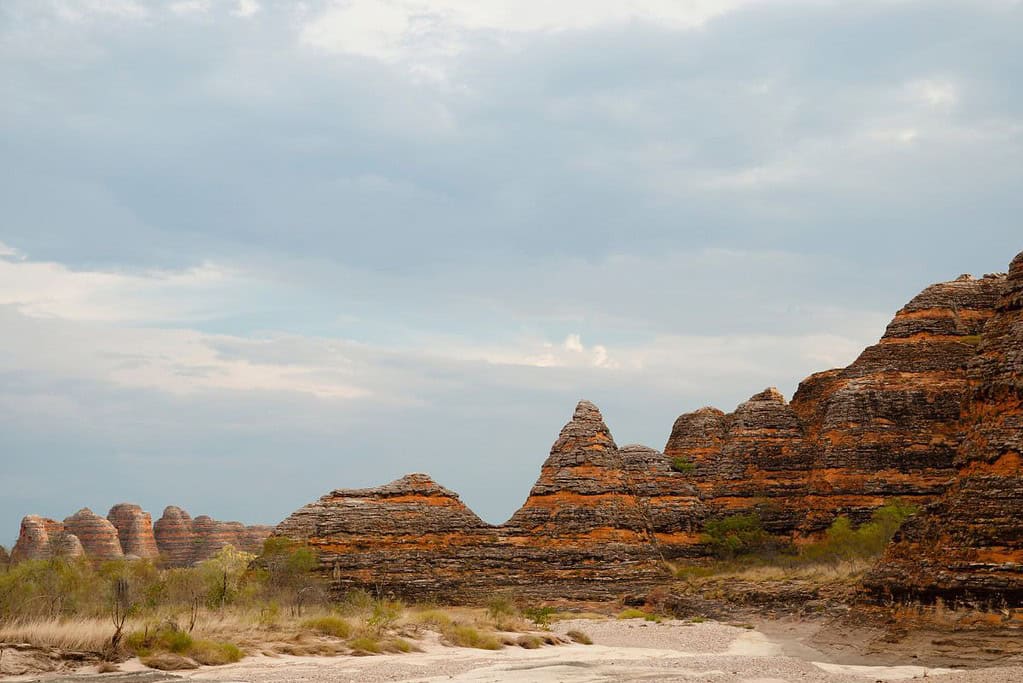
Purnululu National Park is a UNESCO World Heritage Site located in the Kimberley region of Western Australia. It is renowned for its unique sandstone formations, known as the Bungle Bungle Range, which rises to 578 meters above sea level. The park is also home to a diverse range of flora and fauna, including over 130 bird species and several species of mammals. Visitors to the park can explore its rugged terrain and marvel at the ancient rock formations, which have been sculpted by natural erosion over millions of years. The park is a must-visit destination for nature lovers and outdoor enthusiasts seeking to experience the beauty and wonder of Australia’s natural landscape.
Shark Bay, Western Australia

Shark Bay is a UNESCO World Heritage Site located in the western part of Australia. It is a unique and ecologically important area, home to diverse marine life and habitats, including seagrass meadows, stromatolites (ancient rock-like structures formed by microorganisms), and coral reefs. The bay is also a critical habitat for a number of threatened and endangered species, such as dugongs, sea turtles, and bottlenose dolphins. The area is renowned for its exceptional natural beauty and scientific significance. It attracts visitors from around the world who come to explore its stunning coastline and experience its unparalleled biodiversity.
Wet Tropics of Queensland
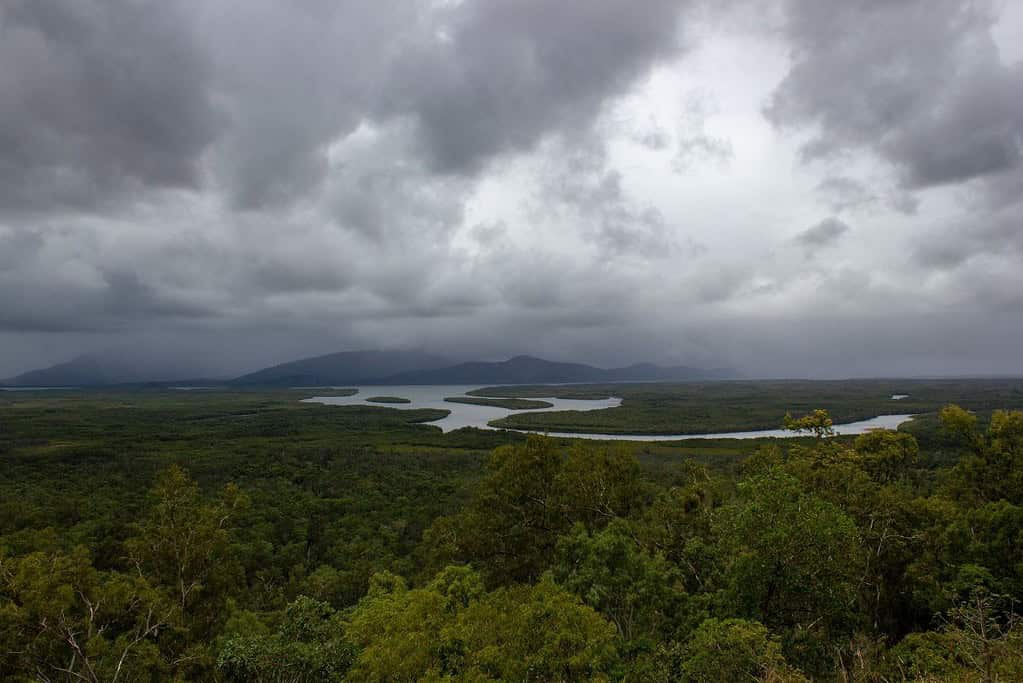
The Wet Tropics of Queensland is a UNESCO World Heritage Site in northeastern Australia. This site is home to one of the oldest rainforests in the world, with some plant species dating back to the time of the dinosaurs. The region is characterized by its high levels of biodiversity and unique wildlife, including rare and endangered species such as the cassowary and the tree kangaroo. The Wet Tropics of Queensland covers over 8,940 square kilometers and encompasses a range of diverse habitats, including rainforests, swamps, and savannas. It is a popular ecotourism destination, allowing visitors to explore this incredible natural wonderland.
Kakadu National Park

Kakadu National Park is a UNESCO World Heritage Site in Australia’s Northern Territory. It covers an area of over 19,000 square kilometers and is home to a diverse range of flora and fauna, including over 280 species of birds. The park is renowned for its spectacular natural beauty, breathtaking waterfalls, rugged gorges, and vast wetlands. It also boasts a rich cultural heritage, with over 5,000 Aboriginal rock art sites, some up to 20,000 years old. Kakadu National Park is a must-visit destination for anyone interested in nature, culture, and history.
Tasmanian Wilderness

The Tasmanian Wilderness is a UNESCO World Heritage Site located in the island state of Tasmania, Australia. It is one of the largest conservation areas in Australia and covers approximately 1.5 million hectares of rugged, remote wilderness. The area is home to diverse flora and fauna, including ancient plants such as the King Billy pine and iconic marsupials like the Tasmanian devil. The Tasmanian Wilderness is also rich in Aboriginal cultural heritage, with evidence of human occupation dating back over 30,000 years. The area is a popular destination for hiking and wilderness adventures. Its designation as a UNESCO World Heritage Site reflects its importance as a unique and irreplaceable natural and cultural resource.
Uluru-Kata Tjuta National Park

Uluru-Kata Tjuta National Park is a UNESCO World Heritage Site in the Australian Outback. The park is famous for its striking red sandstone formations, including Uluru (also known as Ayers Rock) and Kata Tjuta (also known as the Olgas), sacred to the Anangu people. The park offers visitors a chance to experience this remote region’s unique natural beauty and cultural significance through guided walks, Aboriginal cultural experiences, and breathtaking views of the surrounding landscape.
Willandra Lakes Region
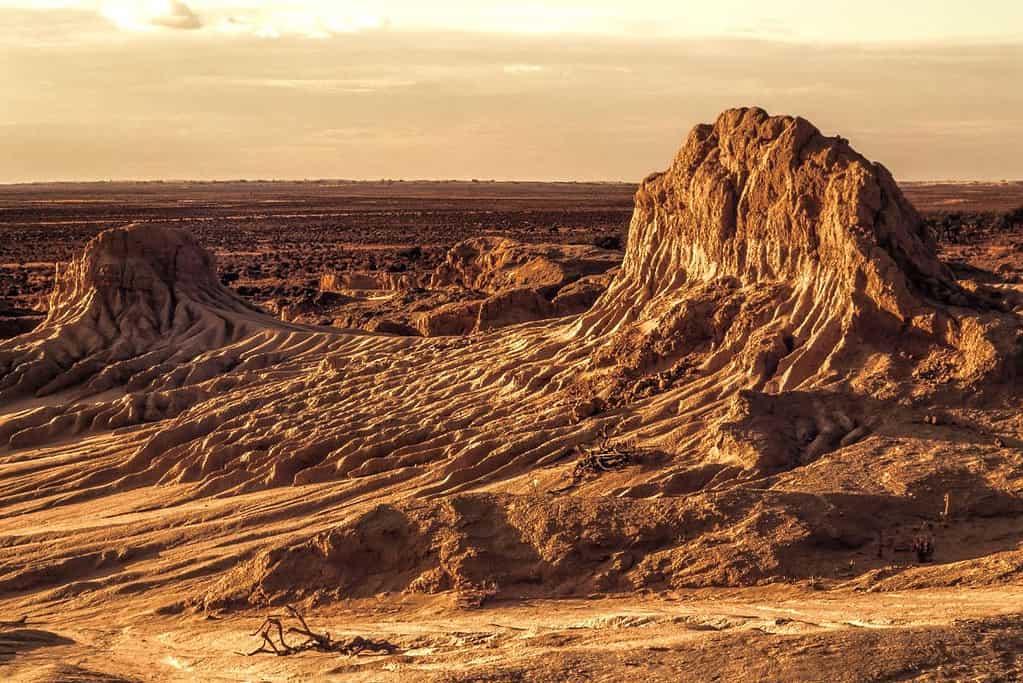
Willandra Lakes Region is a UNESCO World Heritage Site in New South Wales, Australia. This region is of immense cultural and scientific importance as it holds evidence of human habitation dating back over 40,000 years. The area’s unique landscape includes ancient lake beds, dunes, and the remains of extinct animals, providing a glimpse into the geological and environmental changes that have occurred over time. The site is also home to a rich collection of rock art and other cultural artifacts that tell the story of the Indigenous people who have lived in the region for thousands of years.
Australia UNESCO tentative list
- Great Sandy World Heritage Area
- The Gondwana Rainforests of Australia World Heritage Area (extension to existing property)
- Murujuga Cultural Landscape
- Flinders Ranges
Tours in Australia
Our choices of tours in Australia are divided into thematic features such as Sydney, Great Barrier Reef, and Tasmania Experience.
